See rare live images of Jupiter-like exoplanet
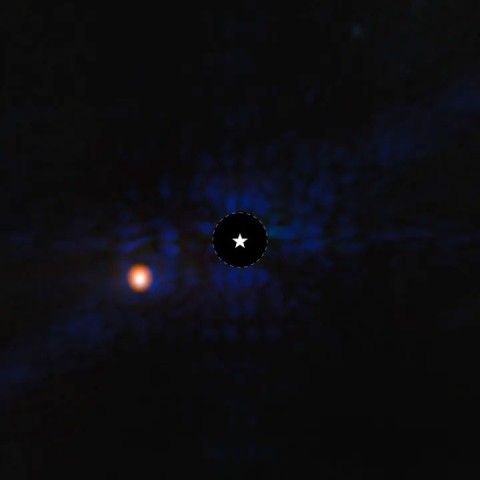
Exoplanets are planets located outside the Solar System.
Exoplanets are planets located outside the Solar System. Basically, exoplanets belong to a planetary system but follow the orbit of a star, black hole, remnant or another planet instead of following the orbit of the Sun. Therefore, they contain countless strange characteristics and properties that are considered valuable knowledge stores for astronomy researchers.
Exoplanets come in all shapes and sizes, and can be strange in many ways. A recently announced discovery has uncovered an exoplanet called TIC 241249530 b, which has the most extreme orbit recorded to date in the history of astronomical research.
In fact, most planets don't have perfectly circular orbits around their host star—including those in our own solar system—but rather elliptical orbits, slightly stretched out on either side. The degree of this stretching is called eccentricity, and is measured on a scale of 0 to 1, with 0 being a perfect circle and 1 being extremely elongated. For example, Pluto has a very elongated orbit compared to the planets in our solar system, with an orbital eccentricity of 0.25. Earth, by comparison, has an orbital eccentricity of just 0.02.
However, scientists have discovered that TIC 241249530 b has an almost unprecedented orbital eccentricity of 0.94. Assuming the planet were also in our solar system, it would theoretically be 10 times closer to the sun than Mercury and would also be very close to Earth's orbit. In terms of surface temperatures, this would mean a shift between a warm summer day and one hot enough to melt titanium. This extreme temperature change has scientists curious about what effect it would have on the planet's atmosphere.
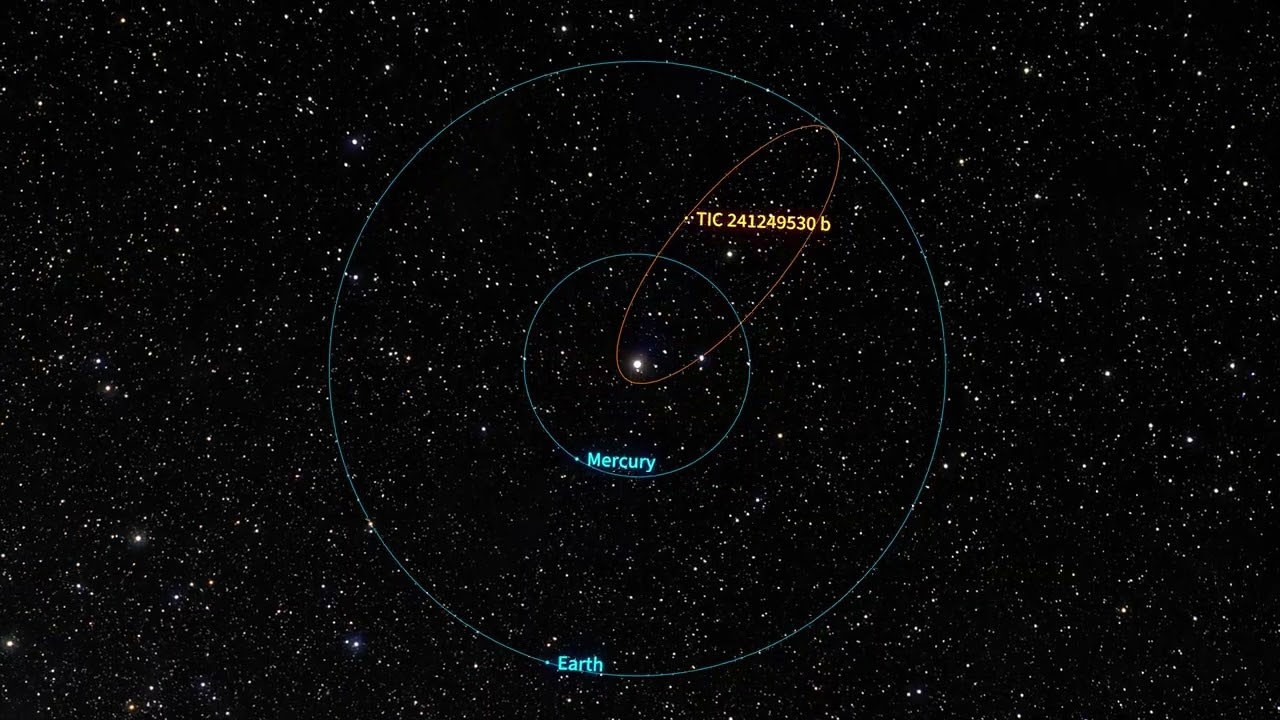
Another aspect of interest is how the planet's orbit evolves over time. Scientists predict that tidal forces closer to the star will cause the planet's orbit to become more circular.
TIC 241249530 b is essentially a type of planet called a hot Jupiter, which are similar in size to Jupiter but much closer to their host stars, and are typically found outside our solar system. Astronomers are not yet sure how these planets got so close to their stars, for example they could have formed farther away and migrated closer over time.
Modern Space Telescope systems such as NASA's James Webb are sensitive enough to probe changes in the atmosphere of this newly discovered exoplanet as it undergoes rapid heating, so there is still much to learn and study in the future.

Exoplanets are planets located outside the Solar System.

A stunning new image sent back from the world's most expensive space telescope, the James Webb Space Telescope, shows the moment two galaxies are about to collide.

The Hubble Space Telescope has continued to demonstrate its irreplaceable importance in the field of astronomical research, bringing back to humanity a unique image showing the brilliant beauty of the Veil Nebula.

This stunning image shows a fiery object called the Rosette Nebula located 5,000 light-years from Earth, and was captured by the Dark Energy Camera (DECam) instrument on the Víctor M. Blanco 4m Telescope in Chile.

The universe is truly amazing, partly because of its enormous size, and also because of the mysteries that are beyond human imagination.

The Hubble Space Telescope has recently encountered some operational problems, forcing scientists to change the way it operates.

The ability to detect X-rays also makes Chandra important for complex astronomical missions.
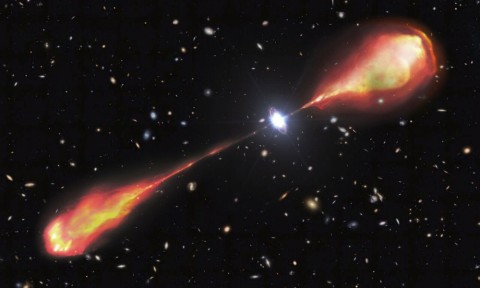
Astronomers have discovered a truly ancient monster: a stream of radio waves estimated to be 200,000 light-years wide, thought to have been around since the universe was less than 10 percent of its current age.

New images sent back from the Hubble Space Telescope show a small dwarf galaxy called IC 3430 located 45 million light-years away.
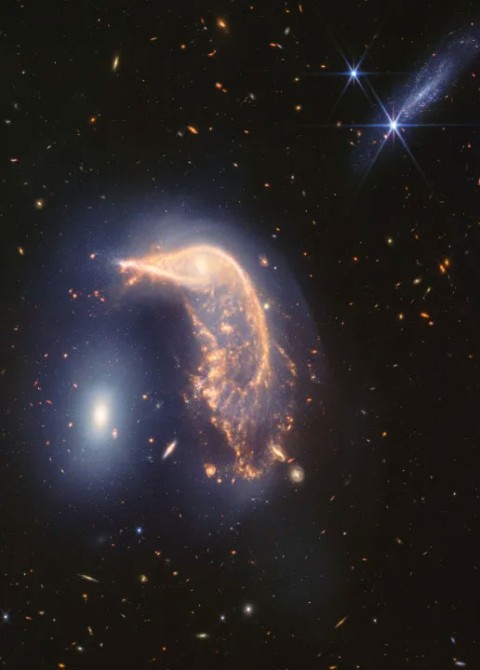
July 12 marked two years since the first images taken by the most expensive space telescope in history, the James Webb Space Telescope, were released.

The Hubble Space Telescope has continued to demonstrate its irreplaceable importance in the field of astronomical research, bringing back to humanity a unique photo showing the rare beauty of the Tarantula Nebula.
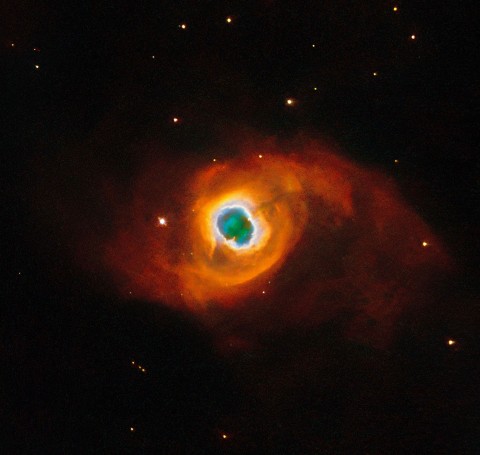
When a star reaches the end of its life and dies, it can be a dramatic, destructive event, releasing an explosion of heat and light—but it also creates beautiful new forms.

The universe is a mysterious world to humans. And it is also irresistibly beautiful. Let's admire the beauty of the universe in X-ray wavelength!

Throughout the history of human astronomical research, one of the most familiar and studied objects is the Moon.

Despite the advancements that the foldable display format has made over the past few years, many people are still hesitant to buy a foldable phone for the following reasons...

When trying to update your PC, error code 0x800f081f can cause trouble and prevent you from performing the system update.

Students need a specific type of laptop for their studies. It should not only be powerful enough to perform well in their chosen major, but also compact and light enough to carry around all day.

The Galaxy Tab S10 is sure to be one of the top products on the market when it launches.

On Monday, internal documents describing the factors Google Search considers when ranking and displaying web results were leaked.

Google Chrome is the world's most popular browser, but that doesn't mean you have to use it. There are plenty of great Chrome alternatives that will help you leave Google behind for good, and here are the best.

If you're someone who spends a lot of time writing, you'll find Word's dictation tool to be a real game changer.

The World Meteorological Organization (WMO) recently said that global temperatures will ease somewhat after months of record heat waves due to the weakening of the El Nino phenomenon, combined with the return of the La Nina weather pattern.

The title of the longest straight stretch of road in the world belongs to a nearly 240km long highway that cuts through the vast Rub-al-Khali desert in Saudi Arabia, as it has no curves or turns.

If you are using ChatGPT on the web, you can quickly search for chat content that you have done before, through the keywords you enter.

Let's explore the latest Than Ma: Tam Quoc Xuat Chinh code set in this article.

By default, we cannot change the clock position on Samsung Galaxy phones. But with the Good Lock application from the Galaxy Store, users can choose a different position for the clock on the status bar.

What are the best love confessions from men that make her fall in love? This article will summarize for you love confessions, good love confessions to your girlfriend on Valentine's Day!

Splitting the computer screen makes it easier for us to work when we want to compare content.

Learn how to get birthday reminders from Google Assistant.